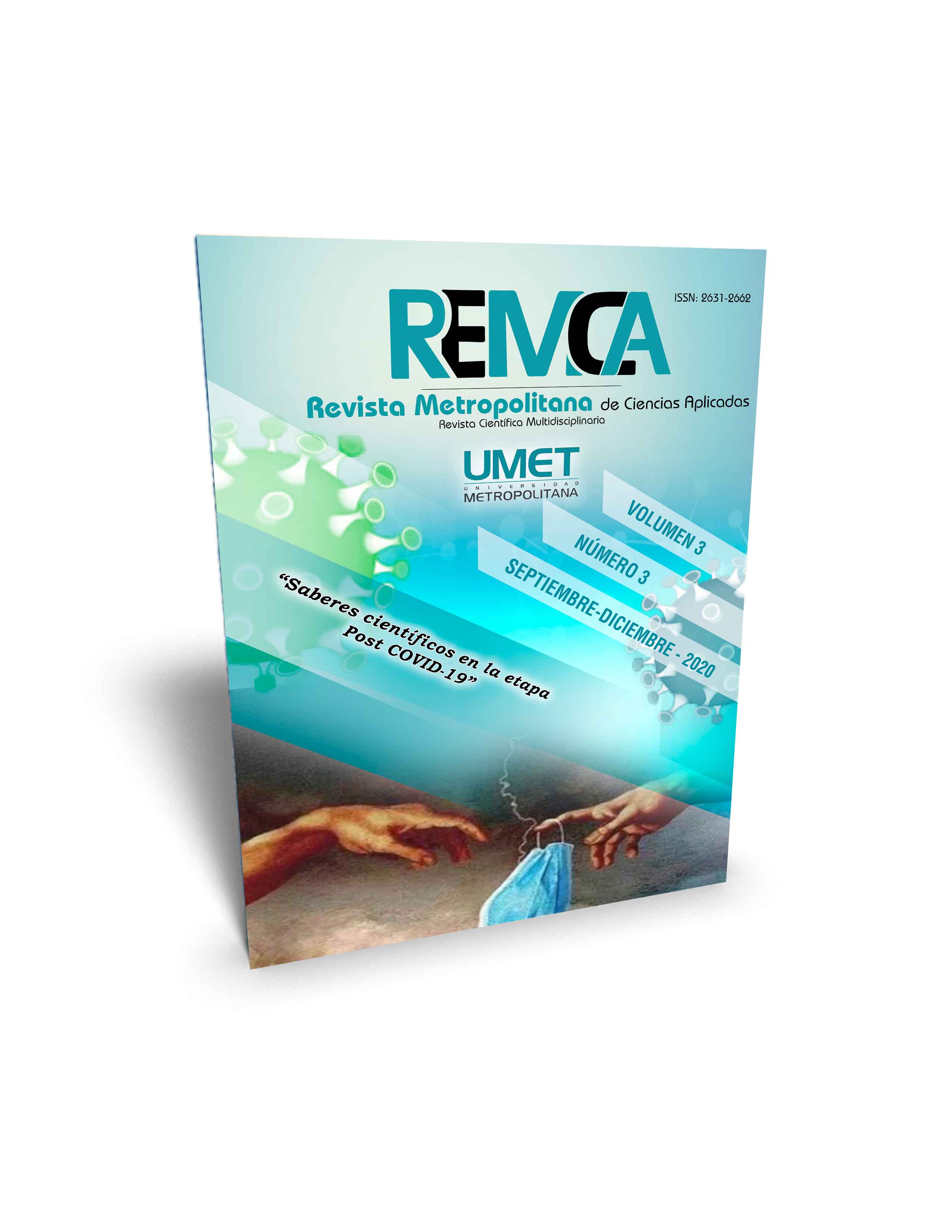Use of the ALES system as a land assessment system in areas dedicated to sugarcane production
DOI:
https://doi.org/10.62452/687smz28Keywords:
Land evaluation, sugarcane production, expert systemAbstract
The work was carried out with the use of the database of fields obtained at the La Josefa farm, from the Elpidio Gómez sugar mill at present, previously belonging to the Pepito Tey sugar mill, from the province of Cienfuegos. The results obtained with the use of different distances between furrows studied were evaluated, for which a model was developed, based on the expert system "ALES". The entities evaluated by "ALES" were the Cartographic Units. In this study, the 44 fields in Lot 1 of the "La Josefa" farm were taken. The formation of this expert system in "ALES". The basis for the application of this system in the present study, where it was established as: TUT, the selected planting distances. RUT, Expert criteria taken into consideration for the selection of the appropriate technology and CAT, The types of soils, existing in the Cartographic Unit, as well as the physicochemical properties of these. The results obtained allow us to validate the model obtained by implementing the technique of the "ALES" tool, demonstrating that it can be used to evaluate the effect of planting distances in the different cartographic units dedicated to the cultivation of sugar cane.
Downloads
References
Aranda, V., J. Serrano, J. M. Soriano, M., Sánchez, M., Vila, A., & Delgado, G. T. (2000). Un sistema de Información y de ayuda a la decisión en el ámbito de olivar granadino, basado en la lógica difusa. Edafología, 7(2), 47-56.
Becks, K., Buschmann, P., Drees, J., Müller, S., & Wahlen, H. (2001) Selection of W-Pair- Production in DELPHI with Feed-Forward Neural Networks, Advanced Computing and Analysis Techniques in Physics Research. (Paper). VII International Workshop.
Food and Agriculture Organization of the United Nations. (1976). The FAO Framework for Land Evaluation. FAO. http://www.fao.org/3/x5310e/x5310e00.htm
Hernández, J. L. (1995). Evaluación, manejo y corrección de la fertilidad de los suelos Ferralíticos cuarcítico dedicados al cultivo de la caña de azúcar. (Tesis Doctoral). Universidad Agrearia de La Habana.
Organización de las Naciones Unidas para la Agricultura y la Alimentación. (2003). Evaluación de tierras con metodologías de FAO Cualidades de la Tierra y sus Niveles de Aptitud. Ponderación Potencial de Suelos (USDA). clases que indican la cualidad relativa de suelos. http://www.fao.org/tempref/GI/Reserved/FTP_FaoRlc/old/proyecto/139jpn/document/2ordenam/talleres/tevt/tfaoevt/doctall/apunteev.pdf
Rossiter, D. G. (1990). ALES: A framework for land evaluation using a microcomputer. Soil Use & Management, 6, 7-20.
Rossiter, D. G., & Van Wambeke, A. R. (1995). Automated Land Evaluation System: ALES Versión 4.5 User’s Manual. Cornell University.
Saaty, T. (1977). A scaling method for priorities in herarchical structures. Journal of Mathematical Psychology, 15(3), 234-281.
Toskano, H. B. (2005). El proceso de análisis Jerárquico (AHP) como herramienta para la toma de decisiones en la selección de proveedores. Universidad Nacional Mayor de San Marcos.
Vargas, H., & Ponce de León Lima, D. (2008). Evaluación de la aptitud de las tierras del municipio San José de las Lajas para las clases generales de uso agrícola y ganadero. I. Aptitud física. Revista Ciencias Técnicas Agropecuarias, 17(4), 64-69.
Published
Issue
Section
License
Copyright (c) 2020 Rigoberto Miguel García Batista, Regla María Aloma Oramas, Alejandro Rafael Socorro Castro (Autor/a)

This work is licensed under a Creative Commons Attribution-NonCommercial-ShareAlike 4.0 International License.
Authors who publish in Revista Metropolitana de Ciencias Aplicadas (REMCA), agree to the following terms:
1. Copyright
Authors retain unrestricted copyright to their work. Authors grant the journal the right of first publication. To this end, they assign the journal non-exclusive exploitation rights (reproduction, distribution, public communication, and transformation). Authors may enter into additional agreements for the non-exclusive distribution of the version of the work published in the journal, provided that acknowledgment of its initial publication in this journal is given.
© The authors.
2. License
The articles are published in the journal under the Creative Commons Attribution-NonCommercial-ShareAlike 4.0 International License (CC BY-NC-SA 4.0). The terms can be found at: https://creativecommons.org/licenses/by-nc-sa/4.0/deed.en
This license allows:
- Sharing: Copying and redistributing the material in any medium or format.
- Adapting: Remixing, transforming, and building upon the material.
Under the following terms:
- Attribution: You must give appropriate credit, provide a link to the license, and indicate if any changes were made. You may do this in any reasonable manner, but not in any way that suggests the licensor endorses or sponsors your use.
- NonCommercial: You may not use the material for commercial purposes.
- ShareAlike: If you remix, transform, or build upon the material, you must distribute your creation under the same license as the original work.
There are no additional restrictions. You may not apply legal terms or technological measures that legally restrict others from doing anything the license permits.




